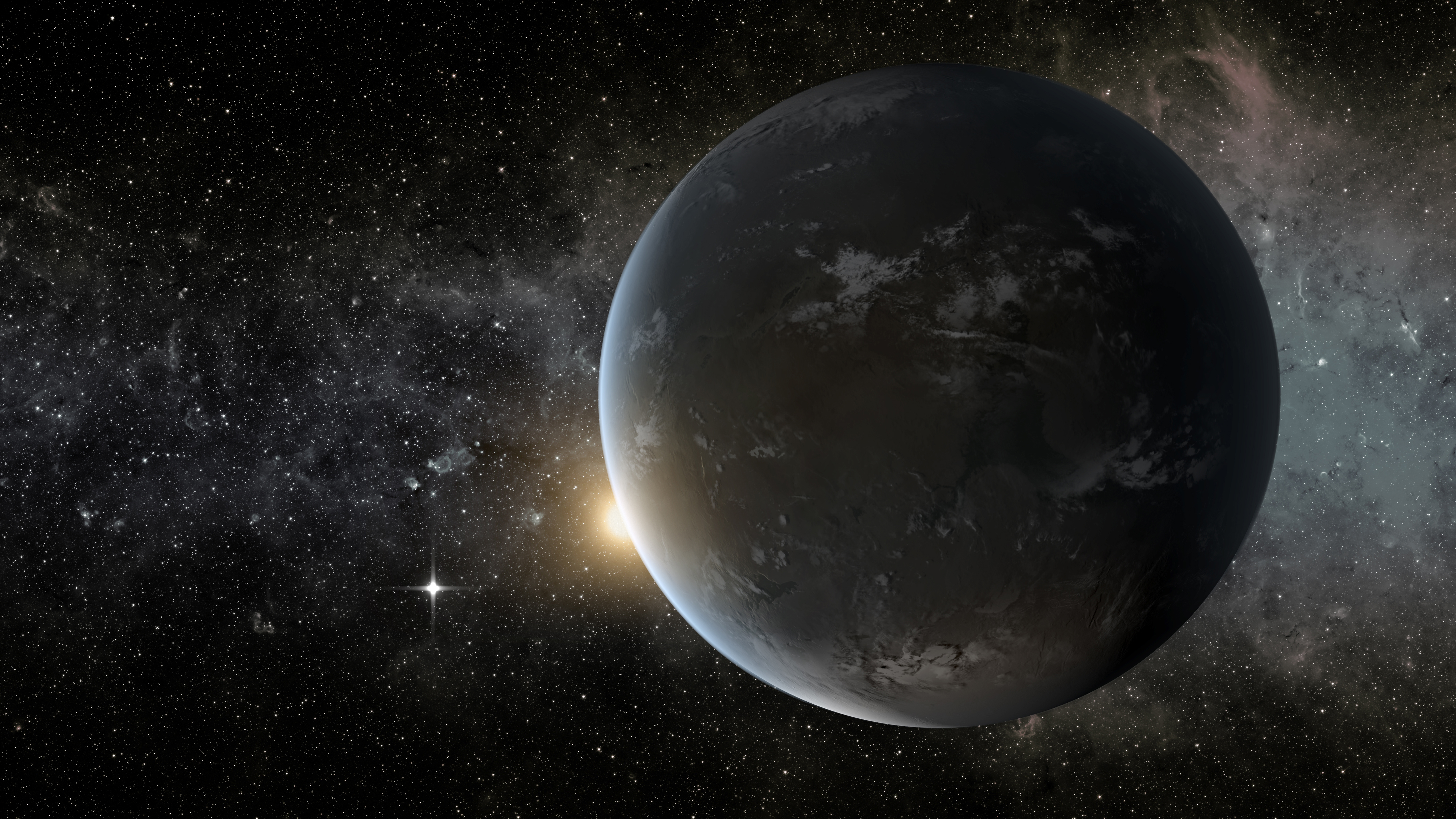
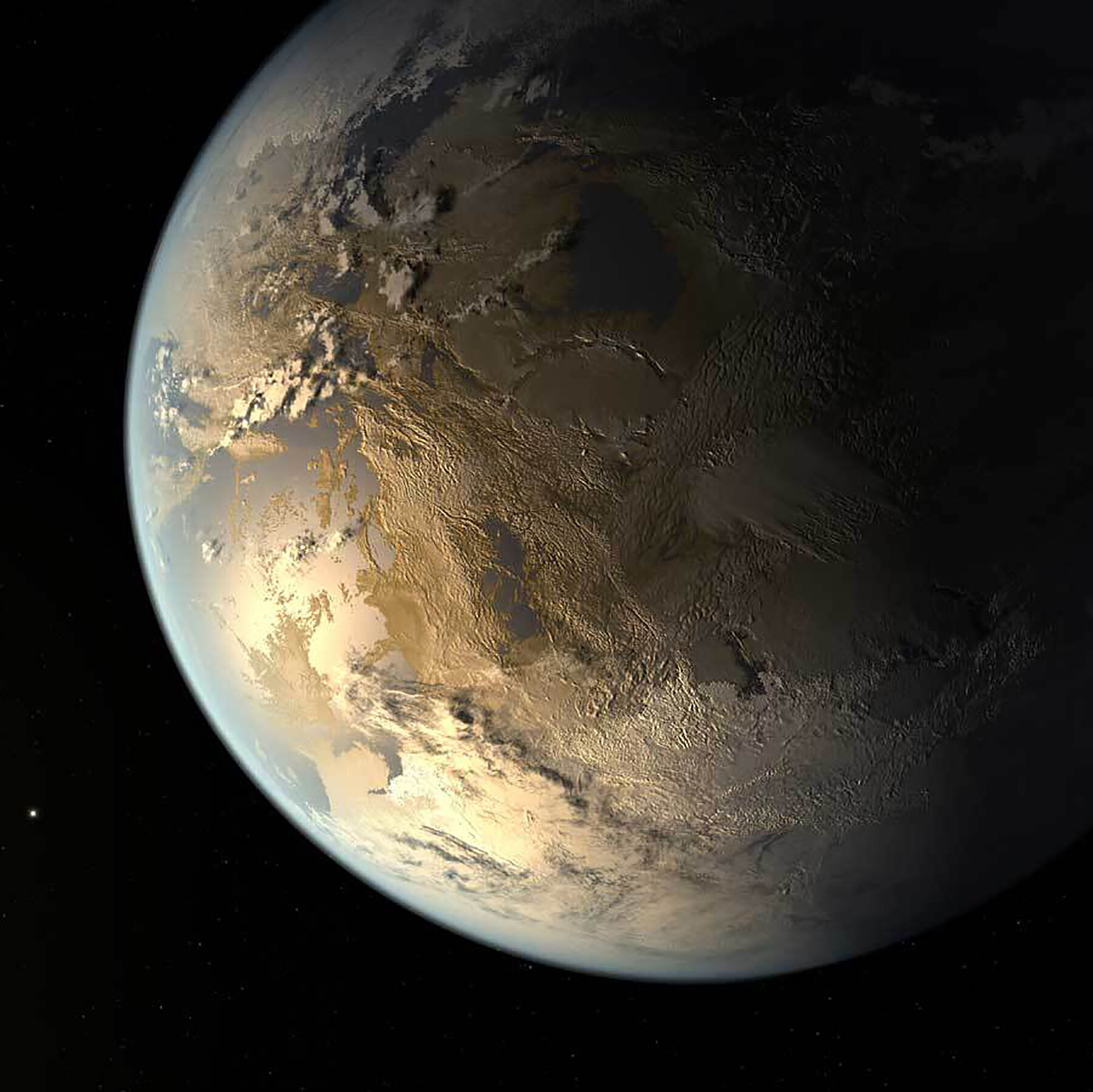
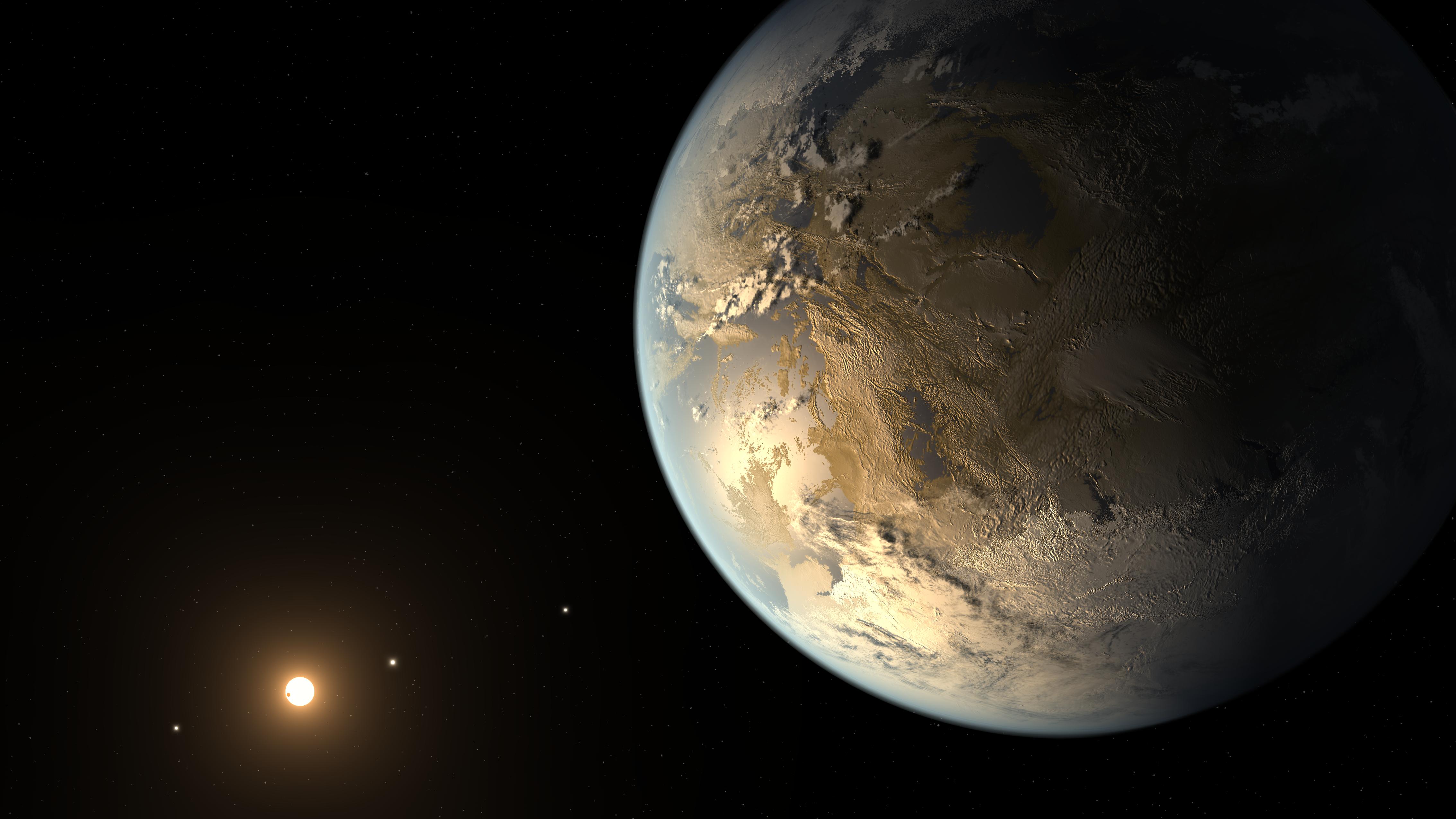
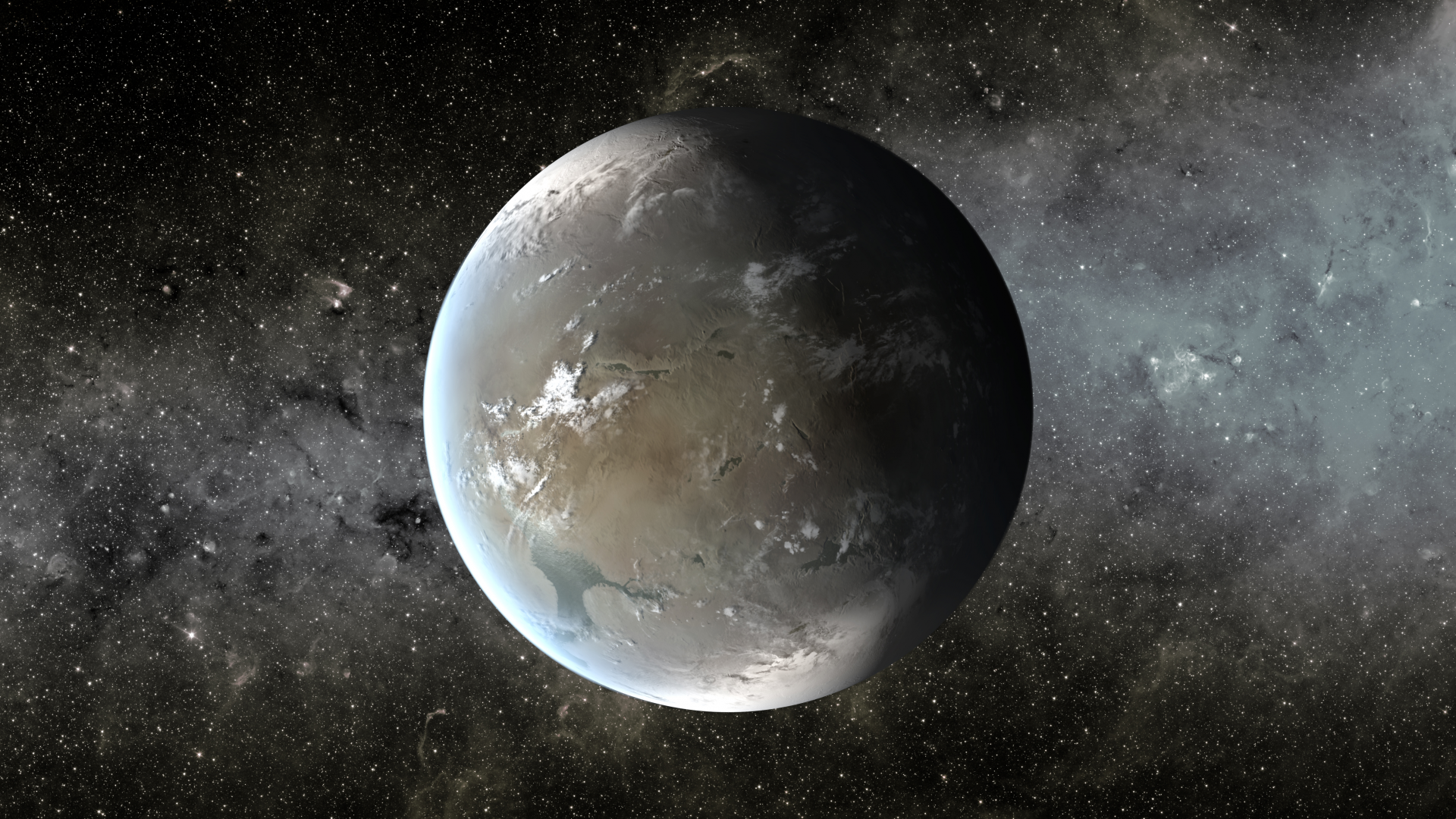
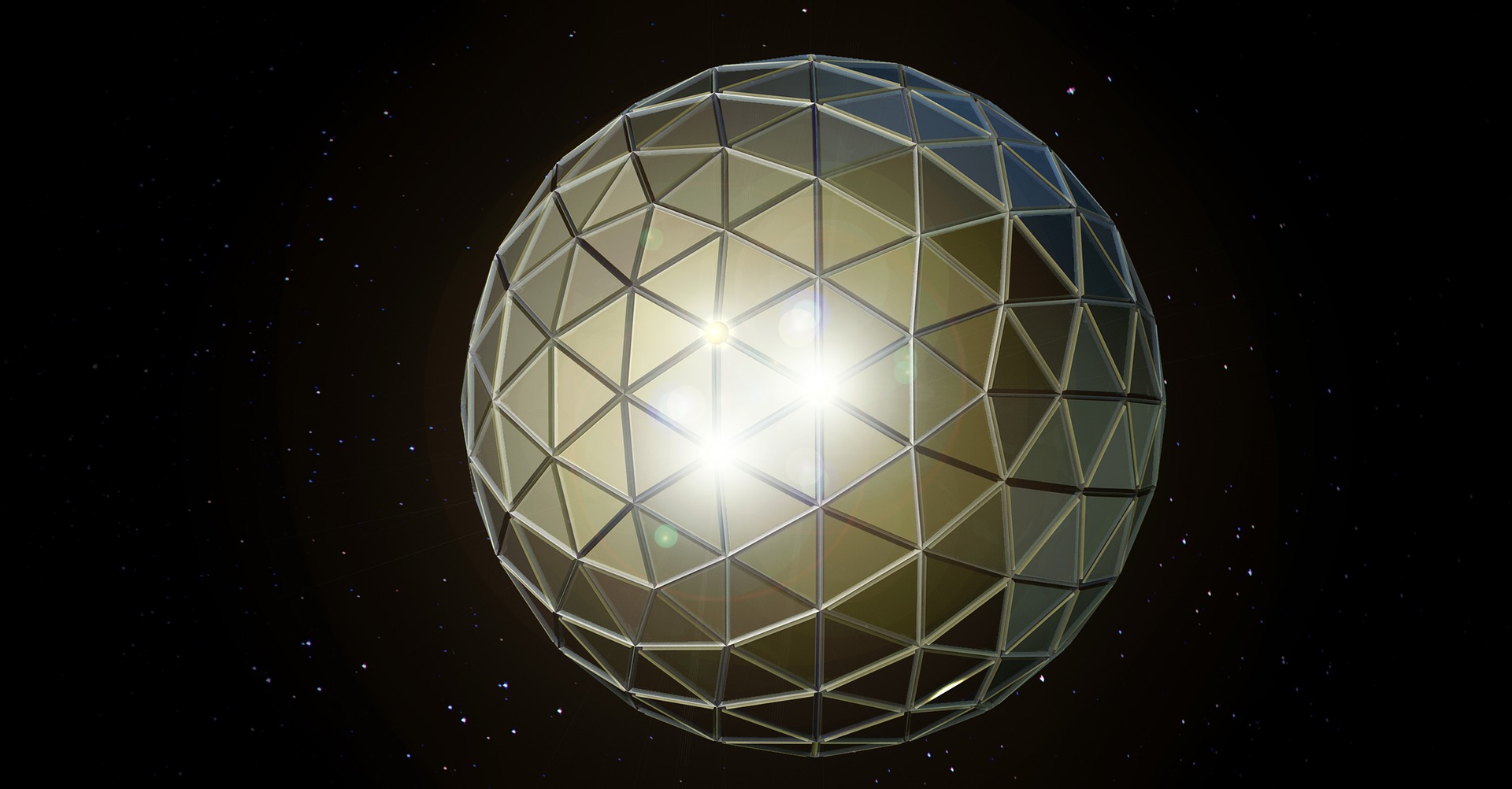

The exoplanet group
The Exoplanet Group at DTU Space focuses on detecting and characterizing exoplanets and their environments. Although we study a wide range of exoplanet types, the group has a particular emphasis on small worlds ranging in size from Earth to Neptune. These are the most commonly occurring planets in the galaxy but are also the most difficult to explore. To further our understanding of these small exoplanets we pursue two key research areas:
Discovery, validation, and precise mass measurements of transiting and non-transiting planets to understand their composition and structure.
and
Observation, characterization and modelling of exoplanetary atmospheres.
The overall aim of our research is to advance our insight into the diversity and composition of the abundant small planets and to pave the way for future biosignature observations.
The atmospheres and interiors of terrestrial planets (planets with radii and masses that give them terrestrial-like bulk densities) and sub-Neptunes (planets with radii between 2 – 4 Earth radii and masses that are consistent with thick hydrogen-dominated envelopes) are still poorly understood. For instance, small rocky planets that are temperate in nature and could potentially host liquid water at their surfaces are particularly elusive. Sub-Neptune worlds are easier to detect, but their properties lead to degenerate compositions ranging from extended hydrogen/helium envelopes covering rocky cores to volatile-rich scenarios with thick oceans of water or methane. As targets from radial velocity and transiting planet surveys accumulate and new flagship facilities are coming online (like JWST and the Extremely Large Telescopes), a unique opportunity to explore the environments of these small planets is emerging.
RESEARCH AREAS
1. PRECISE MASS MEASUREMENTS OF EXOPLANETS USING RADIAL VELOCITIES
The radii and orbital periods from the transiting planet missions coupled with mass measurements from ground-based follow-up observations using ultra-precise radial velocity spectrographs allow us to infer the bulk densities, and thus bulk compositions, of small planets. Our group encompasses expertise in extracting ultra-precise radial velocities, modelling and mitigating stellar activity, and detailed modelling of exoplanetary systems and their architectures. We simultaneously constrain host star properties, like metallicity and the individual abundance of elements. We are collaborators and co-investigators on a number of cutting-edge facilities like the HARPS-N and EXPRES spectrographs.
2. OBSERVATIONS OF EXOPLANET ATMOSPHERES
We study a wide range of exoplanets, including exotic ultra-hot Jupiters to small rocky planets, and have a particular interest in the emerging opportunity to explore the atmospheres of terrestrial exoplanets. Our group is involved in a number of ongoing atmospheric detection surveys and we are part of ESA’s upcoming Ariel Mission. The group is focused on enhancing our understanding of the physics and chemistry of exoplanet atmospheres and their environments through numerous observational campaigns using both low- and high-resolution spectroscopic observations. We work to develop novel techniques and methods to push current and future instrumental capabilities to their limit.
3. CLIMATE MODELS OF EXOPLANET ATMOSPHERES
Our group develops state-of-the-art planetary climate models to interpret observational data and characterize the atmospheres of exoplanets. We utilize our Global Circulation Models (GCMs), which are developed from first principles, to infer the conditions in the atmospheres of exoplanets and the physics that drives their climates. We are enhancing and developing our platform, OASIS, which is a 3D virtual lab allowing us to explore a large diversity of planetary environments and test a range of climate and circulation theories.
4. UNDERSTANDING OF THE ENVIRONMENTS OF EXOPLANETS THROUGH MULTIDISCIPLINARY COLLABORATIONS
The aspiration to fully understand the complexities of worlds beyond our Solar System is an inherently interdisciplinary endeavor. In order to interpret our observations and understand the environments of exoplanets, the Exoplanet Group collaborates with geobiologists, planetary scientists, and astronomers engaged in studies of protoplanetary disks in order to interpret our observational and modelling results in a geobiological context of the evolution of early Earth, Mars, Venus, and remote planet-forming regions.